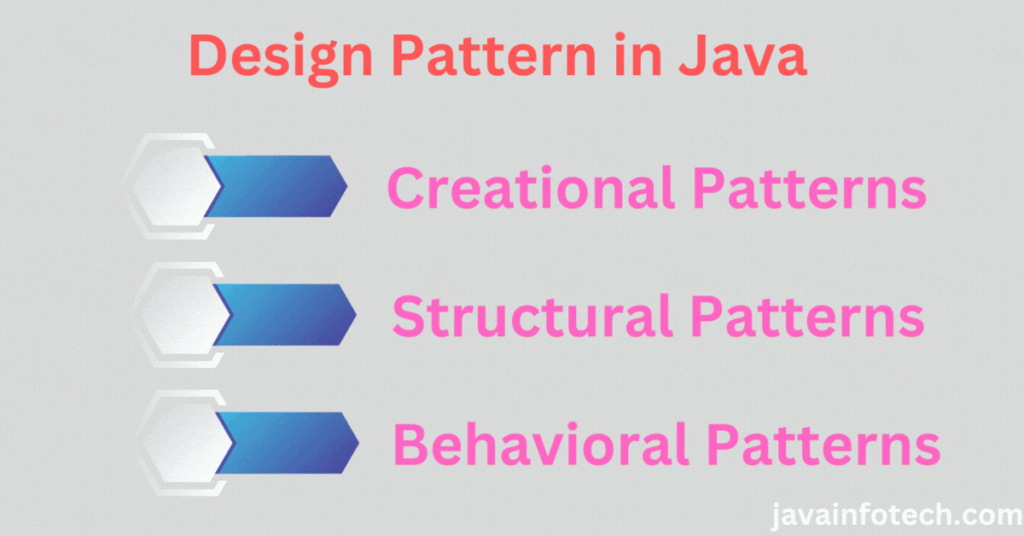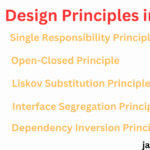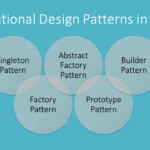In software development, Java design patterns are like ready-made solutions to common problems. They help developers write clean, organized, and easy-to-maintain code. Think of them as blueprints that show you how to structure your code and manage its complexity. Using these patterns can make your code easier to read, improve your programming skills, and make future updates simpler.
Why Are Design Patterns Important?
Design patterns are reusable solutions to problems that developers face often. They are like best practices that ensure your code is consistent and high-quality. These patterns work across different programming languages and frameworks, so they’re useful no matter what you’re working on.
Types of Design Patterns
Design patterns fall into three main categories:
- Creational Patterns: These deal with how objects are created. They help you control how and when objects are made, making your code more flexible.
- Structural Patterns: These focus on how objects and classes are organized into larger structures. They help keep your code neat and easy to manage.
- Behavioral Patterns: These deal with how objects interact and communicate with each other. They make your code more flexible and easier to adapt.
Commonly Used Design Patterns
Here are some of the most popular design patterns:
Creational Patterns:
- Factory Method: Lets you create objects without specifying their exact type. It’s like ordering food without worrying about how it’s made.
- Abstract Factory: Lets you create groups of related objects. Think of it as a factory that makes entire sets of furniture, not just individual pieces.
- Singleton: Ensures only one instance of a class exists. It’s like having a single key to a locked room.
Structural Patterns:
- Adapter: Helps two incompatible interfaces work together. It’s like a translator between two people who speak different languages.
- Decorator: Adds new features to an object without changing its core. Imagine adding toppings to a pizza without changing the base.
- Proxy: Acts as a middleman to control access to an object. It’s like a security guard who decides who can enter a building.
Behavioral Patterns:
- Strategy: Lets you choose between different algorithms or behaviors at runtime. It’s like picking the best tool for a job.
- Observer: Lets one object notify others about changes. It’s like a news alert system that updates subscribers when something happens.
- Template Method: Defines the basic steps of an algorithm but lets you customize some parts. It’s like a recipe where you follow the main steps but tweak the ingredients.
How to Use Design Patterns in Your Code
Here’s a step-by-step guide to using design patterns effectively:
- Find Common Problems: Look for issues in your code that keep coming up. Design patterns are great for solving recurring problems.
- Pick the Right Pattern: Choose a design pattern that fits the problem you’re trying to solve. Think about how complex your code is and what you need it to do.
- Use Patterns Wisely: Don’t force a pattern where it doesn’t fit. Only use them when they make your code better.
- Learn the Details: Each pattern has its own rules. Study them carefully to avoid mistakes.
- Test and Improve: Test your code to make sure the pattern works as expected. Keep refining your code to make it better.
Best Practices for Using Design Patterns
- Understand the Purpose: Know why a pattern exists and what problem it solves before using it.
- Prefer Composition Over Inheritance: Combine objects with different features instead of relying too much on inheritance. This makes your code more flexible.
- Don’t Overdo It: Using too many patterns can make your code hard to understand. Keep it simple.
- Aim for Simplicity: Design patterns should make your code easier to work with, not more complicated.
Conclusion
Design patterns are powerful tools for Java developers. They help you write clean, flexible, and easy-to-maintain code. By learning and using these patterns, you’ll become a better programmer and create software that’s both efficient and elegant. Think of them as your toolkit for building great software! Let’s explore it one by one.


